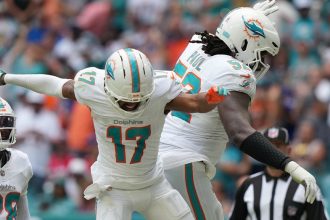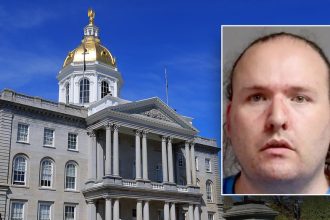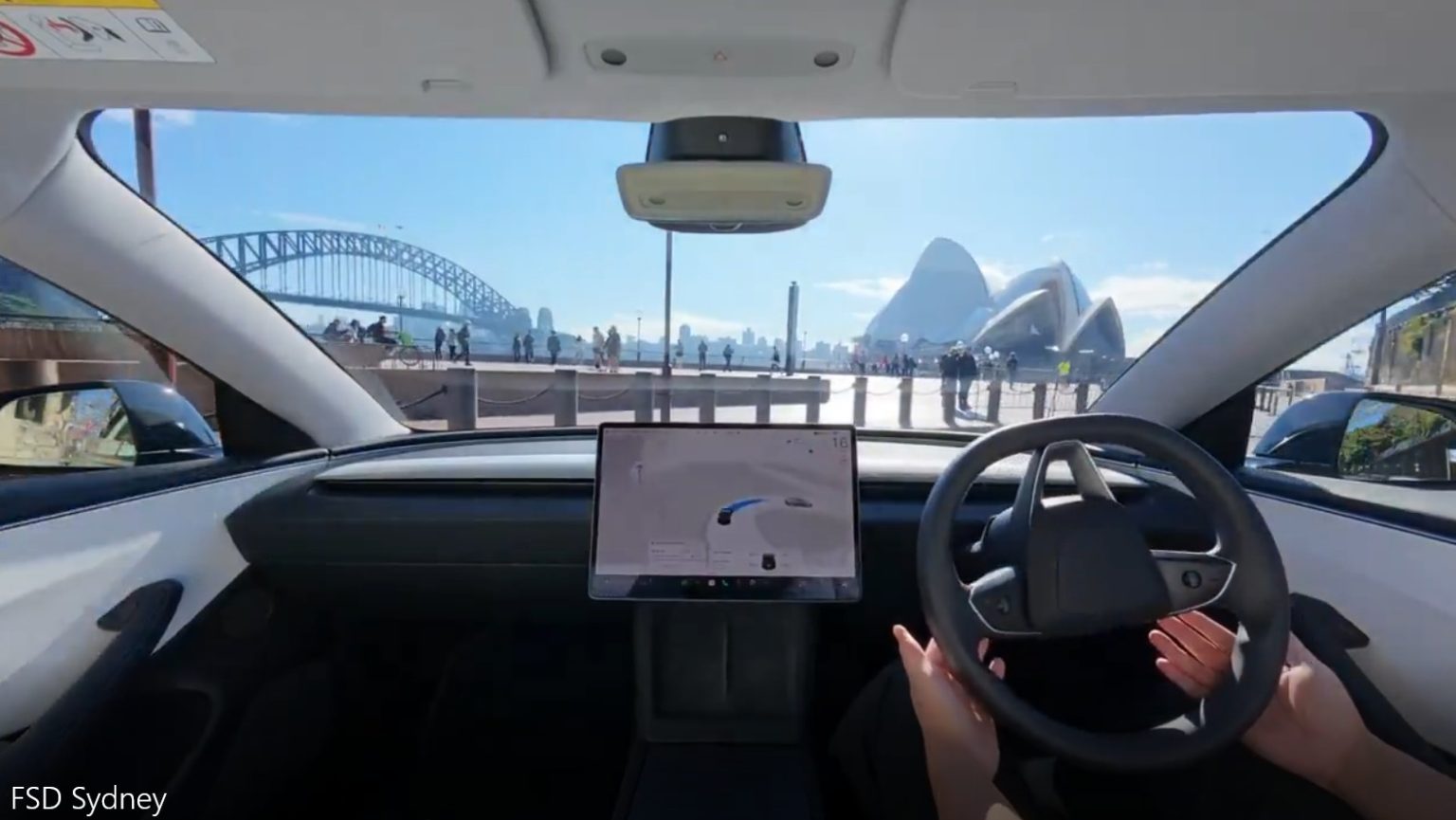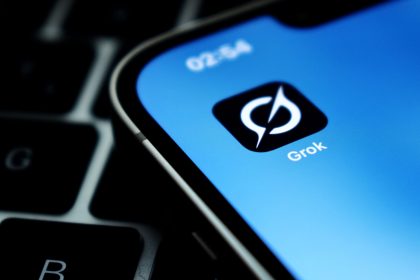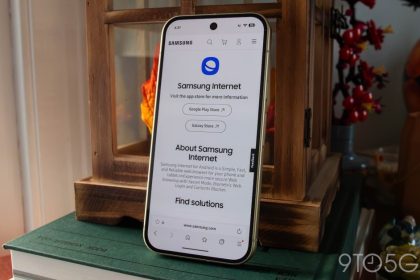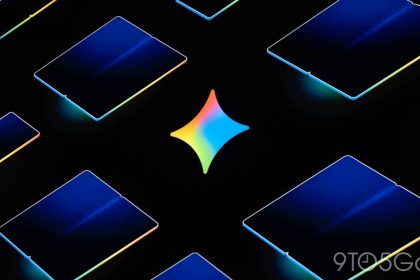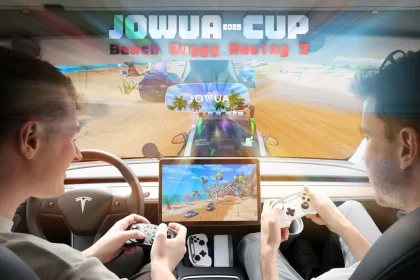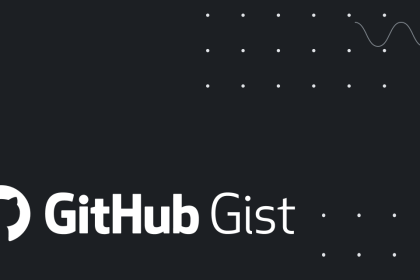Tesla released a new video today, demonstrating that Full Self-Driving (Supervised) can handle the intricate urban environment of Sydney, New South Wales. Captured in a right-hand drive Model 3, the footage shows the system confidently navigating busy city traffic, complete with pedestrians, cyclists, and complex intersections.
This marks another milestone after the Melbourne demo a few months back, proving the tech’s adaptability to Australia’s largest cities.
The video, shared by Tesla Australia & New Zealand on X, lasts around 2.5 minutes and starts from a central Sydney location before weaving through Harbour-side routes. Viewers can see the car indicating turns, adjusting speeds, and yielding appropriately, all while the driver supervises without intervention.
Not only did the route show off Sydney beautiful landmarks like the Opera House, it actually drove across the Sydney Harbor Bridge, and for me, one of the most impressive features, it parked itself at the end of the drive.
While we don’t know what software version this Tesla was running to achieve this drive, Australian Tesla owners started receiving 2025.20.6.1 this week. Often the software builds contain the FSD codebase necessary to achieve this drive, but is simply disabled on customer cars. According to TeslaFi, the latest build is 2025.26 which does contain FSD 12.6.4 and FSD 13.2.9, but is not yet available in Australia.
With demonstrations now in both Melbourne and Sydney, it provides a strong indication that the FSD (Supervised) software is ready and primed for deployment in Australia, however there is still no official release date.
Tesla owners who have already shelled out as much as A$10,100 for FSD are growing impatient as many purchased it years ago expecting imminent access.
The true significance lies in FSD’s potential to reduce accidents and save lives on Australian roads. National road fatalities reached 1,329 in the 12 months to June 2025, a 3.3% rise from the prior year. The fatality rate stands at 4.9 deaths per 100,000 people, underscoring the urgent need for safer alternatives.
International data proves Tesla’s autonomous tech is safer than human drivers. In Q1 2025, vehicles using Autopilot (including FSD elements) recorded one crash every 7.44 million miles, vastly outperforming the US average of one per 955,000 miles without such systems.
If widely adopted here, FSD could dramatically reduce our road toll by anticipating hazards that fatigue or distraction might miss.
Unlike competitors tethered to specific zones or hardware, Tesla’s end-to-end neural network learns from fleet-wide data, improving continuously. This means no costly lidar or HD maps, just cameras and AI mimicking human intuition but with superhuman consistency. For right-hand drive markets like ours, these videos dispel doubts about compatibility.
Key Features Showcased in the Sydney Demo
Seamless Traffic Integration
The system merges into flowing city traffic effortlessly, handling lane changes and speed variations around other vehicles.
Advanced Pedestrian Detection
FSD spots and reacts to foot traffic and cyclists in real-time, slowing or stopping to prioritise safety in crowded areas.
Complex Manoeuvre Execution
It manages multi-lane intersections and roundabouts with precision, adapting to dynamic conditions without hesitation.
Right-Hand Drive Optimisation
Tailored for Australian setups, the tech performs flawlessly, building on the Melbourne test to confirm readiness.
For those that missed it, here’s the Melbourne video from May 16th, just 2 months ago.
For more information, head to https://www.tesla.com/en_au/support/full-self-driving


